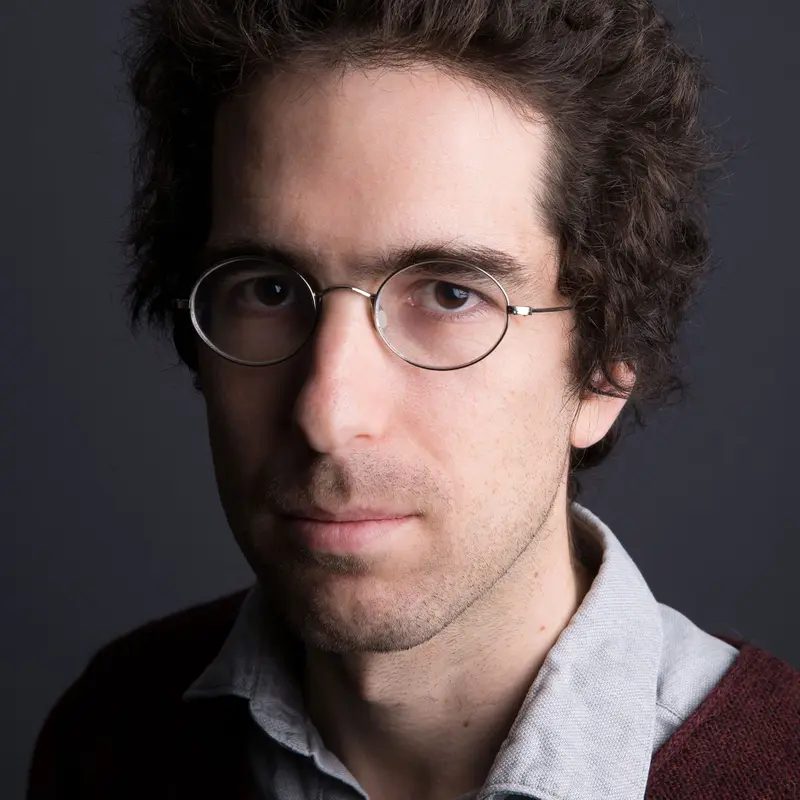
Al Shaw
Al Shaw is a Senior News Application Developer at ProPublica.
Need to Get in Touch?
Al Shaw is a Senior News Application Developer at ProPublica. He uses data and interactive graphics to cover environmental issues, natural disasters and politics.
A year before Hurricane Harvey devastated Houston, Shaw was part of a team that produced “Hell and High Water,” which warned of the region's vulnerability to coastal storms. The project won a Peabody Award in 2017. Shaw's project, “Losing Ground,” about the century-long erosion of Louisiana's coast won a Gold Medal from the Society for News Design. His interactive maps surrounding FEMA's response to Hurricane Sandy were honored with the Society of Professional Journalists’ Sigma Delta Chi award. Before joining ProPublica, Shaw was a designer/developer at the political news website Talking Points Memo.
Au bord de la catastrophe
Une simple clairière de forêt nous sépare de la prochaine pandémie mortelle. Mais nous n’essayons même pas de la prévenir.
par Caroline Chen, Irena Hwang et Al Shaw, avec la participation de Lisa Song et Robin Fields; Photos prises par Kathleen Flynn, special to ProPublica,
How Forest Loss Can Unleash the Next Pandemic
The forests around the epicenter of the world’s worst Ebola outbreak are getting patchier. The next pandemic could emerge from the edges around these patches, where wildlife and humans mix.
by Al Shaw, Irena Hwang and Caroline Chen,
How We Found That Sites of Previous Ebola Outbreaks Are at Higher Risk Than Before
Research links deforestation to outbreaks. Combining two peer-reviewed models and the latest satellite images of tree loss, we discovered that the sites of five previous outbreaks have a greater chance of facing Ebola again.
by Irena Hwang and Al Shaw,
The Next Deadly Pandemic Is Just a Forest Clearing Away
Returning to the starting point of the world’s worst Ebola outbreak reveals how the global community failed the people of Meliandou, Guinea — and the many ways we’re not doing enough to prevent the next virus from jumping species and taking off.
by Caroline Chen, Irena Hwang and Al Shaw, with additional reporting by Lisa Song and Robin Fields; Photography by Kathleen Flynn, special to ProPublica,
Visualizing Toxic Air
Making data public isn’t enough when it’s incomprehensible to the people it affects. ProPublica set out to decode a complex EPA data set to expose hot spots of industrial air pollution across the U.S.
by Lylla Younes and Al Shaw,
We’re Releasing the Data Behind Our Toxic Air Analysis
Last year, ProPublica revealed more than 1,000 hot spots of carcinogenic industrial air pollution. Now we’re releasing the data behind that analysis.
by Lylla Younes and Al Shaw,
Planta de esterilización de equipo médico contamina con sustancias cancerígenas a decenas de miles de alumnos
Nadie le dijo a la familia de Yaneli Ortiz que la fábrica cerca de la que vivían emitía óxido de etileno. No les dijeron cuando en la EPA se descubrió que causa cáncer. Tampoco cuando le diagnosticaron leucemia.
por Kiah Collier, ProPublica and The Texas Tribune, y Maya Miller, ProPublica, fotografía por Kathleen Flynn, en reporte especial para ProPublica and The Texas Tribune, gráficos por Al Shaw y Lucas Waldron,
A Plant That Sterilizes Medical Equipment Spews Cancer-Causing Pollution on Tens of Thousands of Schoolchildren
Nobody told Yaneli Ortiz’s family that the factory they lived near emitted ethylene oxide. Not when the EPA found it causes cancer. Not when she was diagnosed with leukemia. And not when Texas moved to allow polluters to emit more of the chemical.
by Kiah Collier, ProPublica and The Texas Tribune, and Maya Miller, ProPublica, photography by Kathleen Flynn, special to ProPublica and The Texas Tribune, graphics by Al Shaw and Lucas Waldron,
Veneno en el aire
La EPA permite a los contaminadores que conviertan barrios en “zonas de sacrificio” donde los residentes respiran carcinógenos. ProPublica revela dónde están esos lugares en un mapa, el primero de este tipo, y con análisis de datos.
por Lylla Younes, Ava Kofman, Al Shaw y Lisa Song, con reporteo adicional por Maya Miller, fotografía por Kathleen Flynn para ProPublica,
El mapa más detallado de contaminación atmosférica industrial que causa cáncer en los EE. UU.
Utilizamos información de la EPA para trazar un mapa de las emisiones atmosféricas industriales que causan cáncer hasta el nivel de los barrios. Busque su casa para ver si usted y sus seres queridos están viviendo en un lugar peligroso.
por Al Shaw y Lylla Younes,







